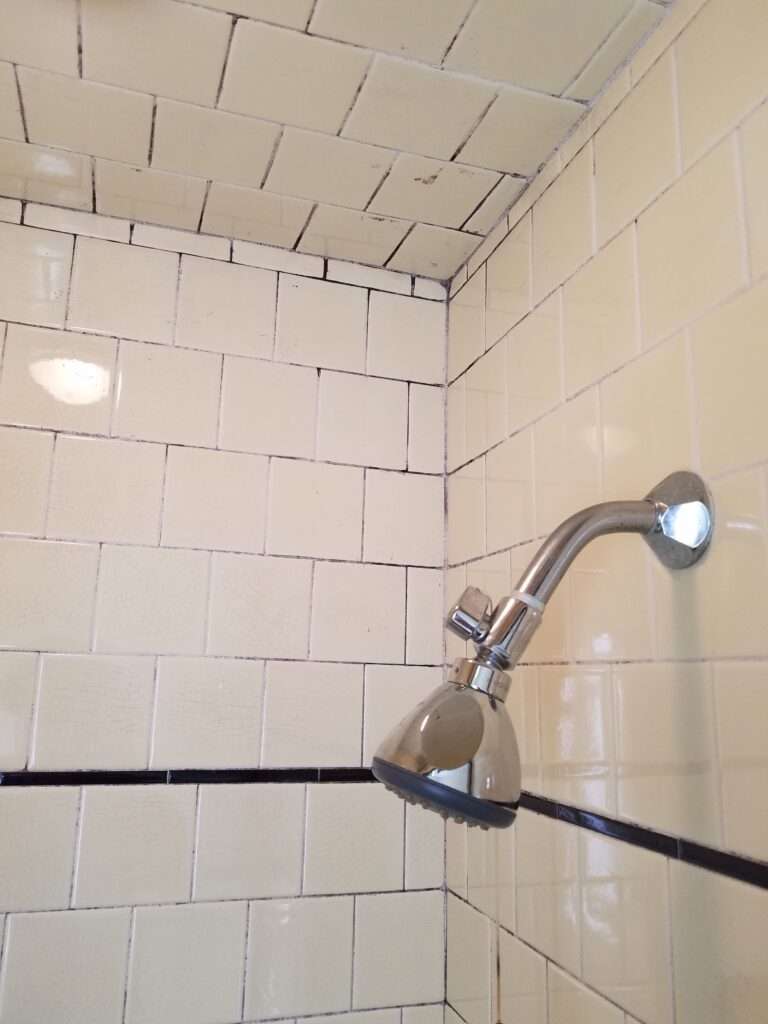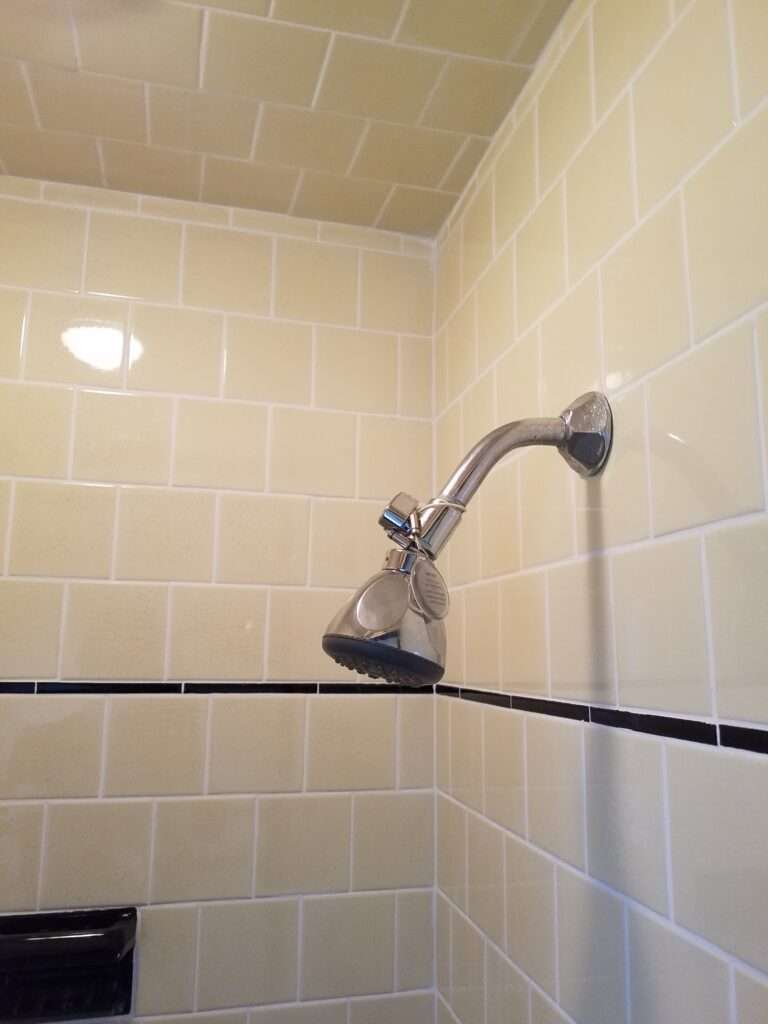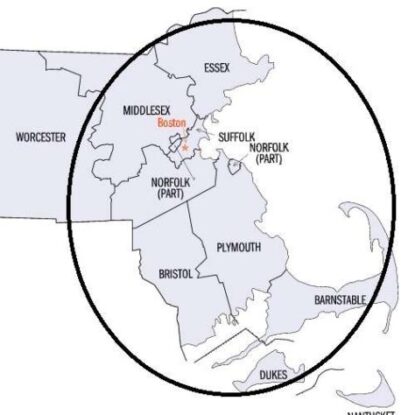

If you notice cracks, missing grout, or discoloration in your shower grout, the temptation may be to regrout it yourself. How hard can it be, right? After all, if you go to a search engine and enter the phrase ‘regrout shower,’ you’ll see boatloads of entries showing you how to do it yourself, like this one from True Value.
Not to pick on the fine folks at True Value, but…is it really so easy to regrout a shower? Is it REALLY a good do-it-yourself task?
Of course, we have a bias here at Act One. (But you sort of figured that out already, right?)
I’m going to go out on a limb a bit to say that shower regrouting is a task best left to professional contractors. Especially folks that do it all the time. That doesn’t rule out tile installation companies, but it doesn’t automatically rule them in, either. (On the one hand, installers do know how to apply fresh grout to new tile work that has no grout, but they don’t often spend much time taking old grout out…and that’s arguably the most important part and time consuming part of the job.) It does rule out handymen or handywomen who only occasionally deal with tile. And with a few exceptions, it rules out most homeowners, except the most determined and the most lucky.
Quiz – Are You Ready to Regrout Your Shower?
So let’s do a quick quiz to see if you’re one of the fortunate souls who can get away with paying minimal expenses and have the satisfaction of a job well done. The list shows the questions first and the answers are below. No cheating! Answer before you look below!
- Are you regrouting your shower mainly for fixing a water leak?
- Do you know whether your shower has sanded or unsanded grout? How can you tell?
- Do you need to take all the old grout out before applying new grout?
- What is the one tool you need to remove old grout?
- If only the bottom half of the shower walls needs regrouting, would you regrout only the bottom half of the wall?
- Should you use premixed grout?
- What are the major differences between shower walls and shower floors for regrouting purposes?
- Where should caulking go?
- Do you grout before caulking or caulk before grouting?
- What consistency should grout be for maximum future durability?
- If grout has cracked in an area and you notice the tiles move slightly at that area, will regrouting fix this?
Quiz Answers
- Are you regrouting your shower mainly for fixing a water leak?
- Answer: I hope not! Grout is not waterproof, so using grout to solve a leaking problem is like using a screen door to stop wind. Regrouting is a cosmetic issue. Most leaks are plumbing problems or poor design issues. If you need a plumber, best to call a plumber. A beautifully regrouted shower may still leak.
- Do you know whether your shower has sanded or unsanded grout? How can you tell?
- Answer: If you don’t know the difference, maybe reconsider the task. Unsanded grout is smooth and usually has thin grout lines of 1/8 inch or 1/16 inch. These can be pulled out and replaced. Sanded grout is usually thicker and looks and feels rough to the touch. In most cases, you should not try to pull out sanded grout. That’s because it is so strong that it needs extreme measures to remove it. That increases the risk that you’ll scratch the surface of the tiles. For shower walls with sanded grout, we usually recommend recoloring the grout lines instead of regrouting
- Do you need to take all the old grout out before applying new grout?
- Answer: In most cases, you need to take out some unsanded grout, but it’s impossible to get all of it out. It’s also not necessary, since all you need is enough of a channel to hold new unsanded grout.
- What is the one tool you need to remove old grout?
- Answer: Trick question. There isn’t only one tool. On any given regrouting job, we may use a utility knife with quick release to change the blades often, a carbon steel triangle shaped tool, a carbon steel cement board scoring knife and a Multimax style power tool with adjustable diamond tipped blade. In contrast with much of the advice online, the one tool we’ve found pretty useless is a grout saw.
- If only the bottom half of the shower walls needs regrouting, would you regrout only the bottom half of the wall?
- Answer: If you do, you’ll end up with a two-toned ‘Frankenshower’ look. Better off to do the whole thing so it all looks uniform.
- Should you use premixed grout?
- Answer: If you do, you will probably regret it. Mixing grout powder with water is by no means the hard part of the job. But premixed grout is incredibly difficult to clean off the tiles, and almost no one gets it clean enough. That creates a permanently smeary look that is unfixable. That’s why pros never use that product.
- What are the major differences between shower walls and shower floors for regrouting purposes?
- Answer: Shower walls are usually fairly dry behind the tiles and often have unsanded grout. Shower floors are much wetter beneath the tiles, which can slow down drying time. Additionally, floor tiles are often mosaics, so there are many more grout lines. On top of that, they are most often sanded grout, so they are harder to remove the grout and colorsealer usually won’t work.
- Where should caulking go?
- Answer: Caulking is designed to go in 90 degree angle changes of plane, not between the tiles on the flat parts of the walls.
- Do you grout before caulking or caulk before grouting?
- Answer: Grout before caulking.
- What consistency should grout be for maximum future durability?
- Answer: Like thick peanut butter. If you mix it up soupy, the grout won’t be durable.
- If grout has cracked in an area and you notice it moves slightly, will regrouting fix this?
- Answer: Maybe not. That’s more likely a structural issue. You might need a new shower. So regrouting it might be like painting the deck of the Titanic.
How did you do on the quiz? If you aced it and feel like tackling a shower grout job and have a spare day or two of time and energy, have at it! But if you felt like you were a bit out of your league, don’t feel bad. The very first regrout I did took me parts of three days! I truly felt sorry for the very patient and longsuffering client! These days it’s usually a one day job.
If you’d like to get a quote on the work, feel free to call or text us at 617-221-4002 or fill out the form below. We usually ask if you can send us a photo or two showing the overall size and layout of the shower.
Our contact information:
Act One – Marble and Tile
15 Main Street # 138
Watertown MA 02472-4403
https://cleanpolishmarblegraniteboston.com
617-221-4002 Text or Call

